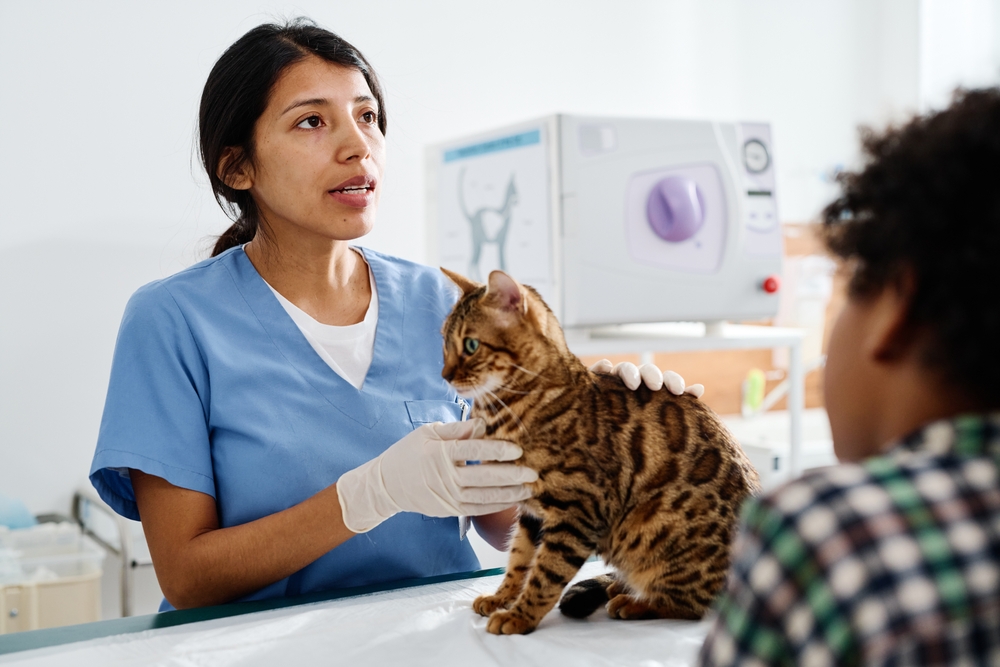Click to Skip Ahead
If you’re familiar with Parkinson’s disease in humans, you might have asked yourself if cats can get Parkinson’s. There is a rare condition in cats with a similar name, but it is very different from the aforementioned neurological disease.
Wolff-Parkinson-White Syndrome is a congenital heart defect and completely unrelated to human Parkinson’s. Confusingly, it is sometimes referred to as Parkinson’s in cats, which is very misleading.
Let’s take a closer look at Wolff-Parkinson-White Syndrome so that you’ll be able to explain why it should not be called Parkinson’s.

Can Cats Get Parkinson’s?
Parkinson’s disease is an incurable, progressive movement disorder of the nervous system in humans. It causes tremors, stiffness, and impaired balance. It does not affect cats.
Cats showing clinical signs similar to those associated with Parkinson’s Disease need to be assessed by a veterinarian, as there are a number of diseases and toxins that can produce neurological signs.
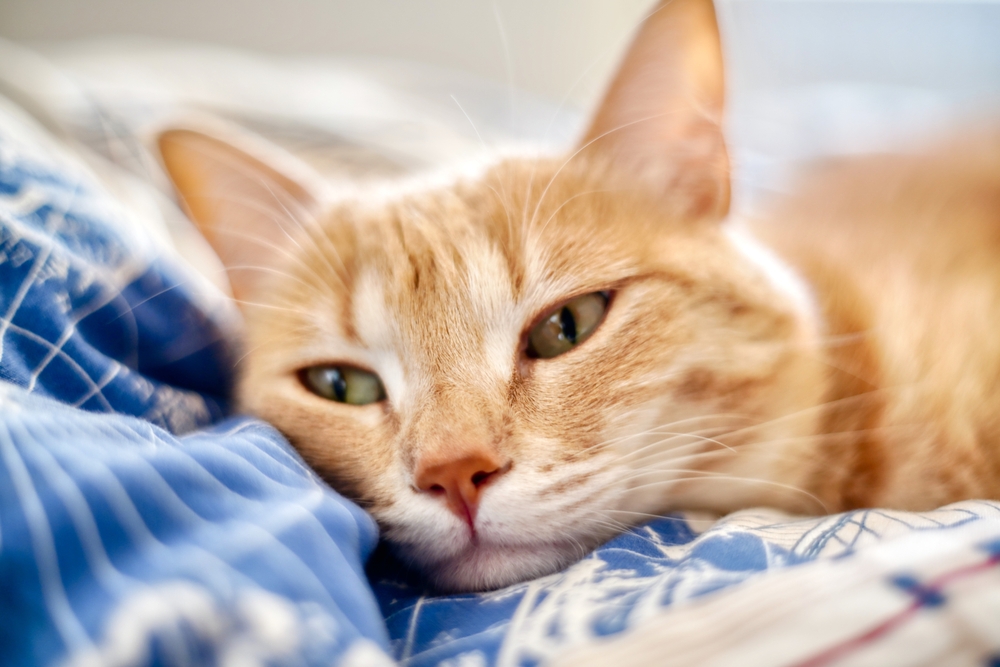
What Is Wolff-Parkinson-White Syndrome?
Wolff-Parkinson-White Syndrome (WPW) is an abnormality of the electrical activity of the heart muscle that produces life-threatening arrhythmias. This particular type of ventricular pre-excitation (VPE) was first described in a 1930 human case series published by three clinicians named, unsurprisingly, Louis Wolff, Sir John Parkinson, and Dr. Paul Dudley White.
The normal contraction of the heart muscle is driven by electrical activity, which is coordinated by the sinoatrial node and atrioventricular (AV) nodes to ensure that the smaller atria fill and empty before the larger ventricles contract.
In patients with WPW, the electrical activity can bypass the AV node via an accessory pathway, causing abnormalities in the electrical impulses as they travel through the heart muscle. If the ventricle is stimulated to contract too early, it will lead to interrupted blood flow and abnormal blood pressure, which will lead to poor circulation, organ damage, and syncope (fainting).

What Are the Signs of WPW?
WPW is not a widely recognized condition in cats, so there is very little information about feline cases and treatment. A 2023 paper on the subject was only able to identify 17 published cases, a group too small to be able to form any reliable patterns or predictions. However, 16 of the 17 cases were male, which corresponds to a higher incidence in human males. Five cats died as a result of their cardiac disease, but overall, lifespan was evidently not significantly impacted by WPW. In humans, only around 0.1 to 0.3% of the population is estimated to have WPW, with 40 to 65% of those having no clinical signs.
The most common symptoms of WPW in humans are dizziness, shortness of breath, chest pain, palpitations, syncope, collapse, and death.
In cats, lethargy was the most common clinical sign, with rapid breathing (tachypnea) and syncope seen in some cases. These clinical signs can be attributed to tachyarrhythmia (fast, irregular heartbeat), which is the most common feature of WPW.
Sudden death is possible but is rarely seen in human cases.
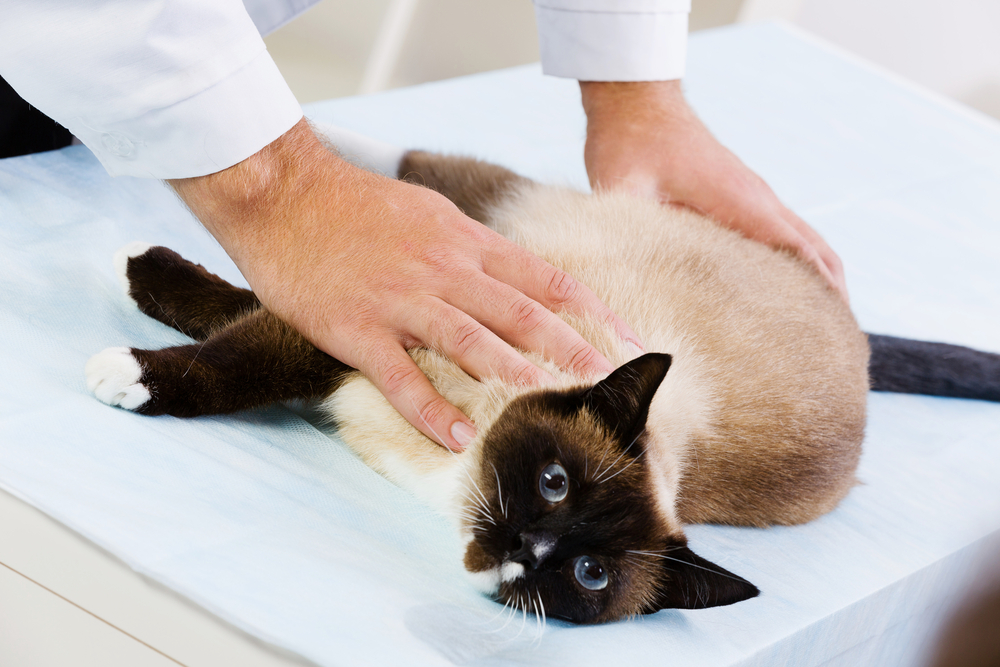
How Is WPW Diagnosed?
WPW is not a condition that will be diagnosed using just a stethoscope. An electrocardiogram (ECG or EKG), which is a non-invasive test to measure the electrical activity of the heart, will show pattern abnormalities that are consistent with ventricular pre-excitement, i.e., electrical activity traveling through the ventricle earlier than it should. Generally, an echocardiogram (cardiac ultrasound) will also be performed to check for anatomical changes or defects.
It is likely that WPW is more common than we realize, but cases may go undiagnosed if they are asymptomatic or do not cause obvious arrhythmias.

How Is WPW Treated?
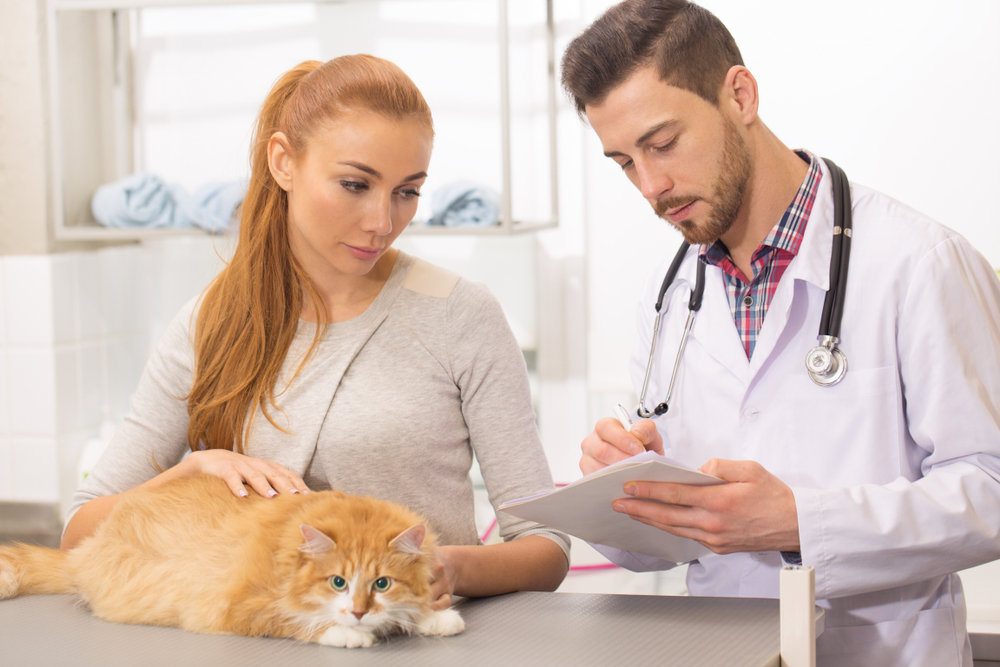
In humans, the treatment of WPW depends on the presence and severity of clinical signs. In patients with mild or no clinical signs, monitoring is usually advised. Because cats cannot tell us if they experience chest pain or palpitations, treatment tends to be more proactive in feline cases.
A number of different cardiac treatments have been used, depending on the way in which the disease has presented. They include:
- Platelet inhibitors (e.g., Clopidogrel) to reduce the risk of thromboembolism
- Beta blockers (e.g., Sotalol, Atenolol) to treat arrhythmia and high blood pressure
- Calcium channel blockers (e.g., Diltiazem) to reduce blood pressure
- Diuretics (e.g., Frusemide) to manage congestive heart failure
Can WPW Be Prevented?
Based on what we currently know, there is no way to prevent WPW in cats. In humans, only a small percentage of cases have been found to have a hereditary component, and genetic testing of cats prior to breeding is not possible or likely to become available due to the rarity of the condition. We would, however, recommend excluding any cat with a known cardiac condition from any breeding programs.

Frequently Asked Questions
Why Is It Called Parkinson’s in Cats if It’s Not the Same as Parkinson’s in Humans?
WPW is sometimes referred to as Parkinson’s in cats because of the similar signs, but this is misleading, as cats cannot get Parkinson’s.
When Should I Take My Cat to the Vet?
You should take your cat to the vet as soon as you notice something is off with your cat. As with most things, the sooner you get your pet diagnosed, the quicker they can be put on a treatment plan and the better off they’ll be.
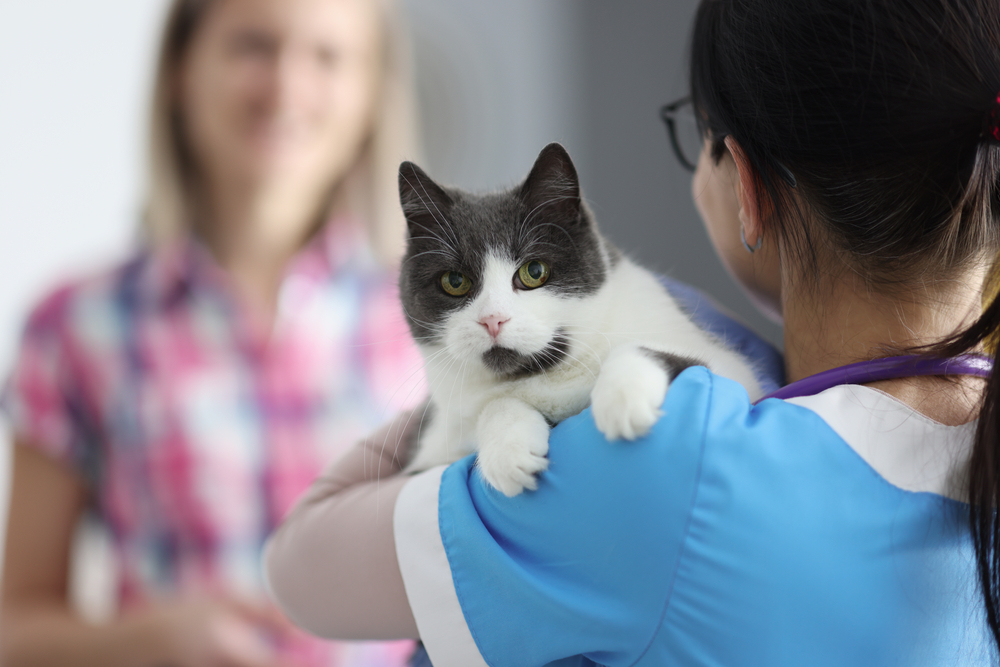

Final Thoughts
The disease known in humans as Parkinson’s does not occur in cats. Humans and cats do, however, share the condition known as Wolff-Parkinson-White syndrome (WPW), which is occasionally and erroneously referred to as Parkinson’s in cats. The only thing the two diseases have in common is the Parkinson name.
WPW is a rare abnormality in the electrical activity of the heart, and it is one that you are unlikely to encounter. It can cause lethargy, fainting, rapid breathing, and (rarely) sudden death.
There are many diseases and conditions that can produce neurological signs, so if you have been worried that your cat may have Parkinson’s Disease, please make an urgent appointment with your vet.
Featured Image Credit: Pressmaster, Shutterstock
Get the source article here

